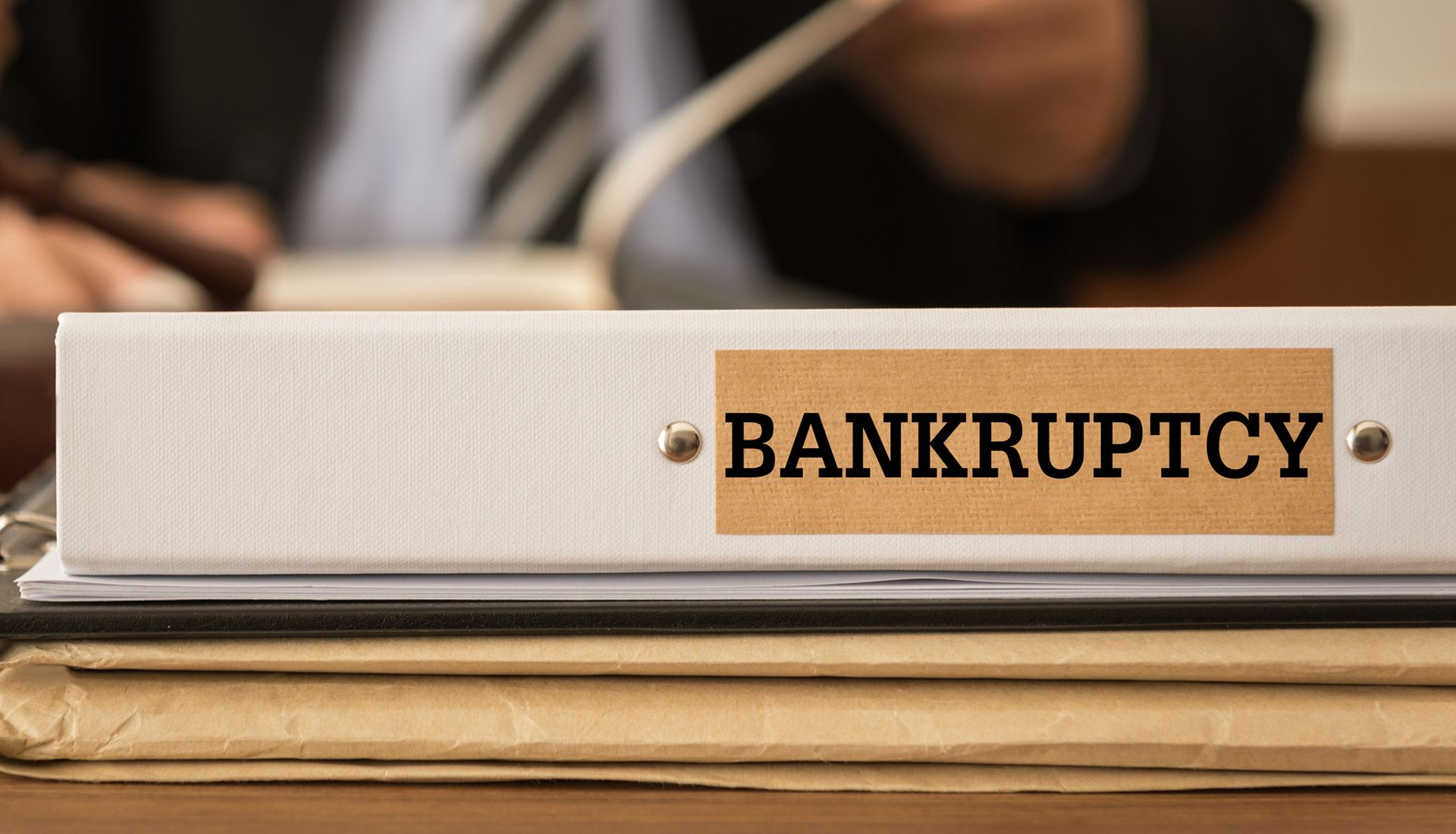Insightful article by Kiara Calvert on Small Business Restructuring
New pathway helping small businesses get out of debt and keep their doors open

NEW PATHWAY HELPING SMALL BUSINESSES GET OUT OF DEBT AND KEEP THEIR DOORS OPEN
TIMES ARE TOUGH FOR SMALL BUSINESSES, BUT HELP IS AT HAND TO WEATHER FINANCIAL STORMS, WRITES KIARA CALVERT
March 2020 was an unprecedented time to run a small business as economies around the world shut down due to Covid-19. Hundreds of Tasmanian businesses reached out for solutions to the hit they were about to take. It was a scary time to be in business.
The Australian government provided enormous financial incentives by way of Job Keeper and boost payments to keep businesses’ doors open and staff paid. The Tasmanian government, councils, and utilities threw everything at providing funds to stabilise and stimulate small business and provide a way forward.
As the pandemic eased, small business was in uncharted waters, everyone was guessing – Would we enter a deep recession? Would we have massive unemployment?
As events turned out, the spiralling increase in energy costs in 2022 and the amount of spending led to rapid inflation.
The old adage is true, everything that goes up, comes down. The Reserve Bank of Australia raised interest rates dramatically to combat runaway inflation, a war that is still under way with no end in sight.
Small business is now doing it tough, through a combination of factors including high interest rates and inflationary effects on energy, and materials and inputs. In addition, the Australian Taxation Office is ramping up collections, putting many businesses in deep financial trouble and struggling to survive.
To provide a pathway to save as many businesses as possible, the Australian government introduced a new insolvency regime, Small Business Restructuring – a pathway for small businesses to combat debt, keep the doors open and survive long term.
Small Business Restructuring (SBR) is an administration that allows eligible businesses a one-off opportunity to restructure their company debt and reach an agreement with creditors. It is simpler, affordable and faster than any other form of external administration and is becoming the “go-to” solution for many small businesses in financial difficulty.
In September 2023, the tax office advised that 737 SBRs had been initiated with a 92 per cent acceptance rate. That number is expected to increase exponentially and the high approval rate indicates that the process has been successful in helping businesses restructure their debts.
To be eligible for SBR, a business must be a company incorporated under the Corporations Act, insolvent, or likely to become insolvent with unsecured creditors of less than $1m.
Employee entitlements must be up to date and all lodgements with the ATO must also be up to date.
There is also a requirement that directors must not have had other companies enter certain external administration in the past seven years.
The SBR process involves the appointment of a SBR practitioner who works closely with the director to develop a restructuring plan to creditors to pay off their liabilities, in full or in part over a maximum period of three years, which is sent to creditors to vote on.
A plan is accepted if more than 50 per cent of the creditors by value that vote accept the plan and, if accepted, the SBR practitioner will distribute funds according to the plan. After distribution, the company is released from past debts covered by the plan and can successfully trade into the future.
If a distressed small business does not presently qualify, directors need to create the breathing space to qualify by working quickly to get up to date with lodgements and paying superannuation and employee debts.
The SBR regime is very well suited to small businesses in Tasmania and will continue to be increased in scope as more people become aware of the financial benefits.
The many benefits of SBR include; directors stay in control of the business; the company can continue to trade; the process is fast with creditors required to vote within 35 business days; and debt is permanently written off.
For more information on SBR, speak to your accountant, lawyer or contact a registered practitioner.
Kiara Calvert is Tasmania’s newest registered liquidator, trustee in bankruptcy and small business restructuring practitioner. She is a partner of Hamilton Calvert Advisory





Quick Links
Contact Information
Level 1/63 Salamanca Pl, Battery Point, TAS 7004
Registered Liquidator
Registered Trustee in Bankruptcy
Small Business Restructuring Practitioner
Business Hours
- Mon - Thu
- -
- Friday
- -
- Sat - Sun
- Closed
Public holidays Closed
Public holidays Closed
ABN: 27 093 137 305
Liability limited to a scheme approved under Professional Standards Legislation.





